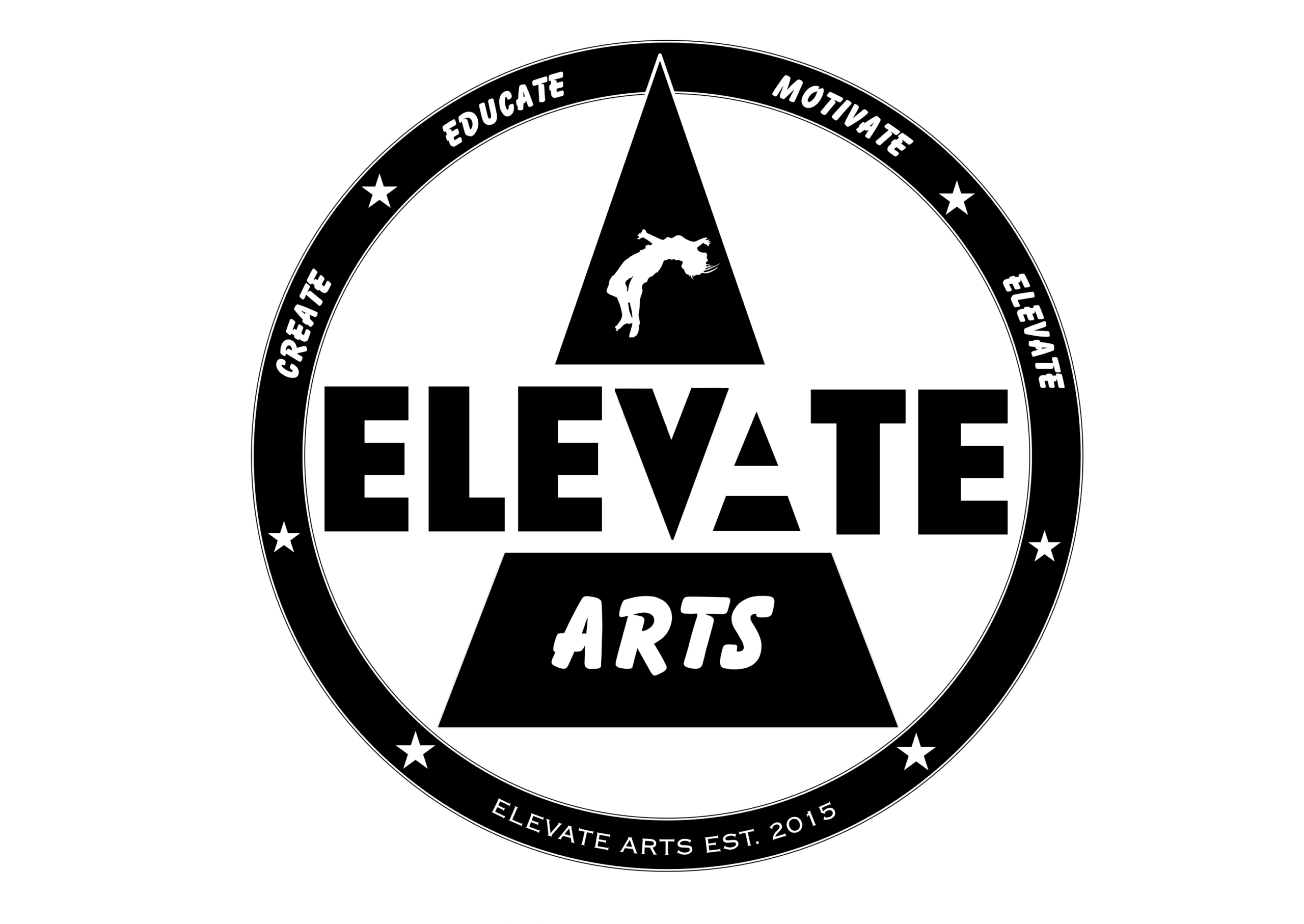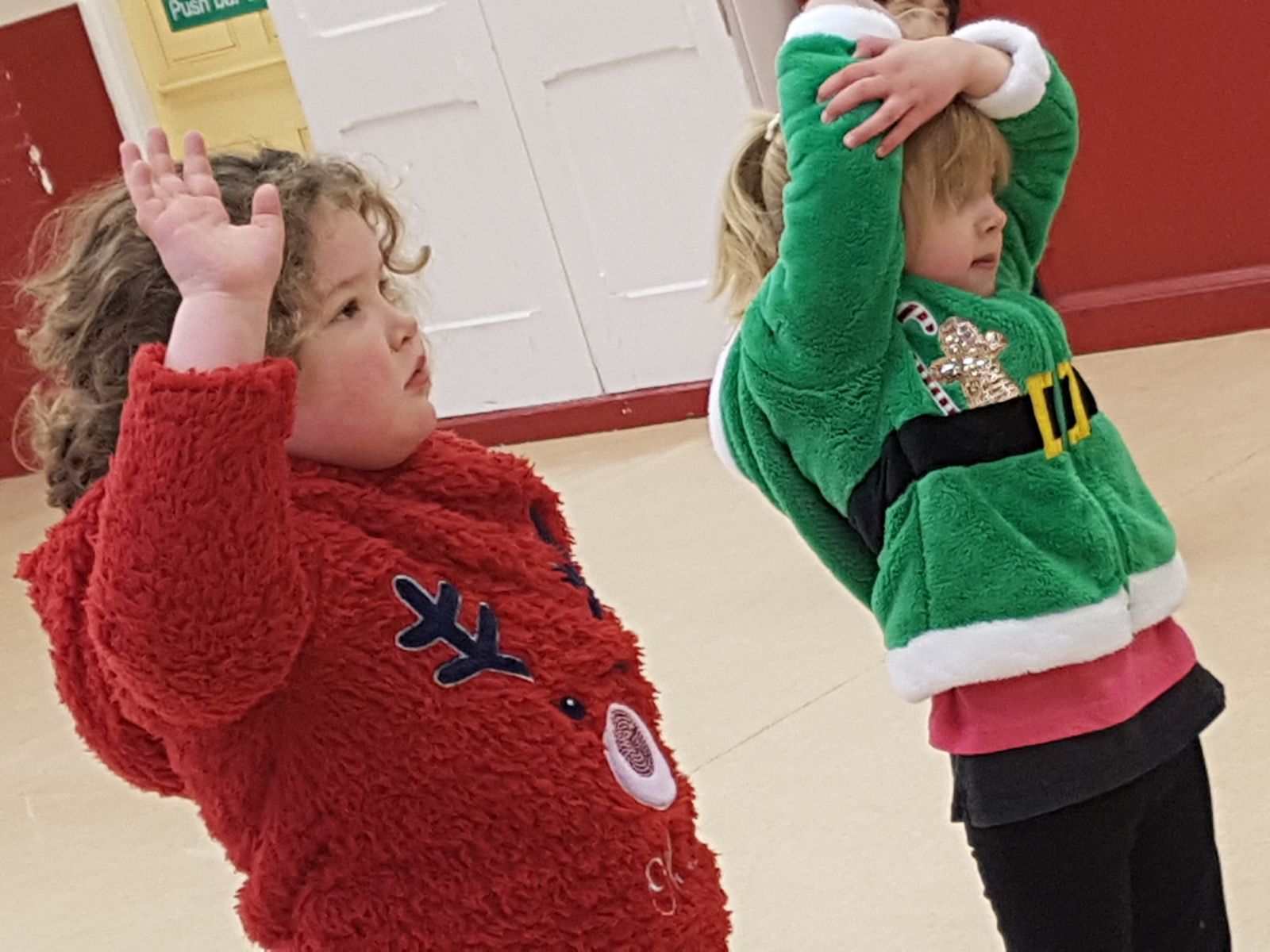It is the end of the year, your brain is about to explode from all the dance knowledge bombs and your body feels like it has been stomped on by the animals of Noah’s Ark. Christmas is a fantastic time to rest and recover and enjoy everything festive, it is actually very important. However, you also want to maintain, or even improve your dancing, after all, you haven’t put in all this hard work for nothing have You? The question is, how do you keep up your practice when there is no class and no teacher telling you what to work on?
Try to dedicate some time to dance this holiday, whether it’s 10 minutes a day, 2 hours a day, twice a week, or even just once over the whole break, it all counts, but the more work you put in the more you will get out. Just imagine walking into class in 2018 like a boss, knowing you’ve put the work in over the holidays, remembering all the choreography to a high standard, maybe mastering a move you struggled with before, and physically feeling like you have improved and can take on the world!
Do you want to be that boss student? If so, read on for 5 ways to keep dancing over the Christmas break:
-
Practice the routines you have learned
There will be routines you might need to remember for the new term. If there isn’t, you can always revise some old choreography to get you moving over the festive season! Go through the routines you have learned, break them down slowly, focus on the movement quality, musicality, feel the vibes and perform. Give the most attention to the routines you find most difficult or are unsure of. The routines you are comfortable with need work too. Think about how you can fine tune these routines to really get them in your body and make then your own.
-
Drill your foundations and variations
Building strong foundations is important for dancers. Being able to understand and perform different foundation moves in a variety of styles creates strong, versatile, intelligent dancers. Being able to move your body in a controlled manner in a variety of ways and adapt to any choreography thrown at you all comes down to having a strong base. Think of it as writing a story, first you must study your foundations (ABCs) then build upon them (words, sentences, paragraphs, chapters) before you can write your story. The same goes for the foundations in dance. Drill your foundations slowly and correctly (think about the pointers given in class) then work on speeding them up, trying out variations, or even creating your own variations! What happens if you take a foundation move and twist it, jump it, reverse it, shuffle it, etc?
-
Develop your freestyle
Your freestyle is yours. It is your interpretation of the music, your way of moving. There is no right or wrong and everybody can freestyle! Some competitions have style categories for freestyle and battles (e.g.Popping freestyle category) which requires dancers to only freestyle in that one dance style. Other competitions are open style. The more versatile you are as a dancer and the more you drill and explore your foundations and variations (see number 2 above) the more varied and interesting your freestyle will become. It’s all about playing to see what works in your body, exploration, making mistakes and letting those mistakes create a new way of moving! Try exploring concepts within your freestyle such as using different levels, making your movement heavy, or imagining you are trapped in a cube. How does this affect your movement?
-
Create your own routine
Pick a song or piece of music you like or feel evokes some sort of emotion and make up a routine. It’s as simple as that! You can create a routine in 1 style or try combining a mix of styles. Think about your foundation moves and variations, groove and intention and how you can put them together with the music. Or, maybe it’s an experimental routine and there are no foundation moves, simply movement. Whichever you choose, always try to work with the music, explore everything you would explore within freestyle (levels, direction, dynamics, travelling, musicality, etc) If it is a group piece, think about transitions, positions, canon, unison and variation too. If you are really brave you could even do a performance for your family over Christmas!
-
Take someone else’s class
As a dancer it is important to learn from as many different teachers as possible. Each teacher will have their own way of working and their own influences, even if they are teaching the same move. Having a range of teachers will help you become even more versatile and be able to follow anyone’s class and choreography. If your regular class is on a break this Christmas, try to find another class you can go and check out. The different teacher, different studio, different students, will help you come out of your bubble and grow as a dancer, it will give you an extra edge, enable you to pick up something new that nobody else in your regular class will have! Whether it’s a styles class (locking, popping, etc) commercial class, or a ballet class, it all helps to shape the dancer you are becoming. If you can’t get to a class this Christmas, YouTube can be your best friend! There are plenty of videos where you can learn a dance piece from a different teacher or choreographer, or learn a new foundation step, or even how to pirouette, all you need to do is get creative with the search bar!
So there they are…5 ways to keep dancing over the Christmas break. Why not have a read of “5 ways to improve your dance practice” for great ideas on how to build solid foundations, develop your freestyle and smash choreography!?!

